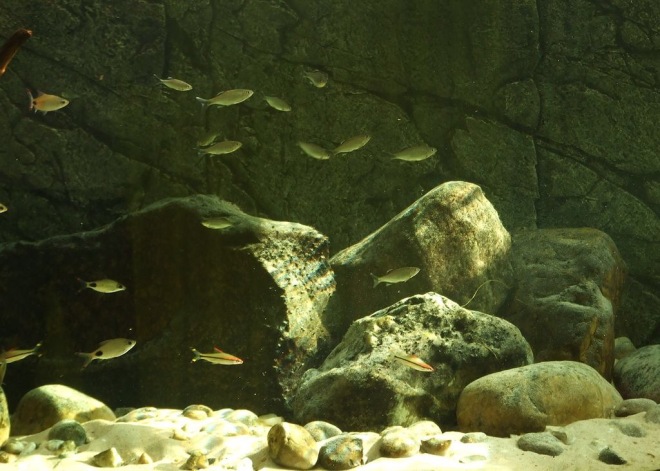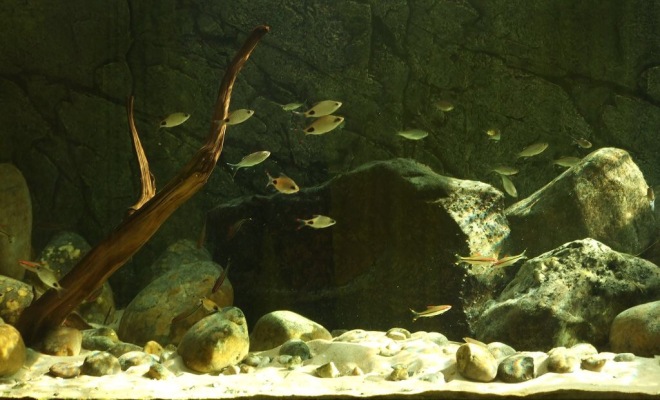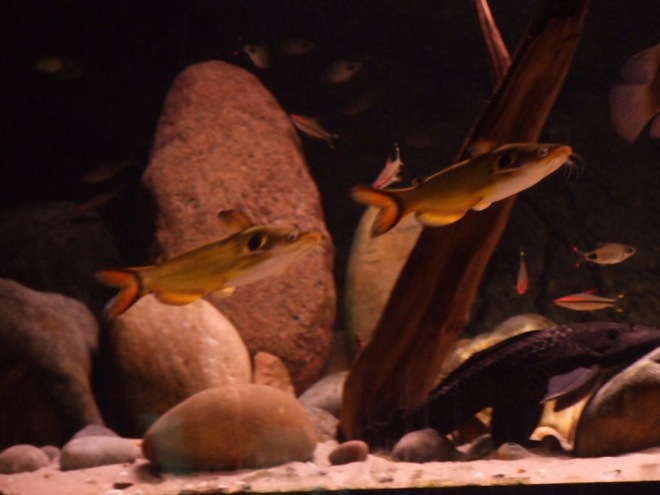I know very little about it and, whilst it is definitely in the ‘nature aquarium’ tradition rather than a representation of anything you might find whilst out walking in Brazil, I love this tank. It seems to be the work of Portugese LFS Aquaeden (http://aquaeden-shop.net/). The left side of this is what I have in mind for the second ‘zone’ of the long Middle Congo biotope tank I’m planning for my conservatory (more on this later), but with big emersed Anubias or other aroids instead of the Echinodorus and perhaps Crinum instead of the Vallis.



![[nanne's tank]](https://i0.wp.com/www.goddijn.com/aquarium/jnanne1.jpg)
![[grand view, left corner]](https://i0.wp.com/www.goddijn.com/aquarium/jnanne3.jpg)




























